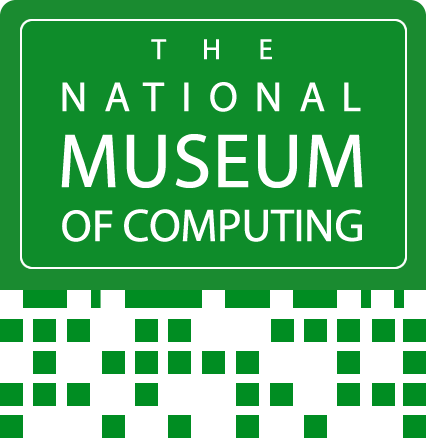Fifty Years Ago .... from the pages of Computer Weekly
/Radar simulator based on PDP11: A radar simulator system, the SY2084, based on Digital Equipment PDP-11 minicomputers has been announced by Solartron-Schlumberger, of Famborough, Hants. Depending or customer requirements, the Solartron equipment is built around any unit of the PDP-11 range, with total system costs ranging from about £50,000 to over £1 million. Current applications for an SY2084 are in air traffic control and marine navigation simulation but, the company claims, potential applications are passenger check-in and baggage handling work.
Read More


